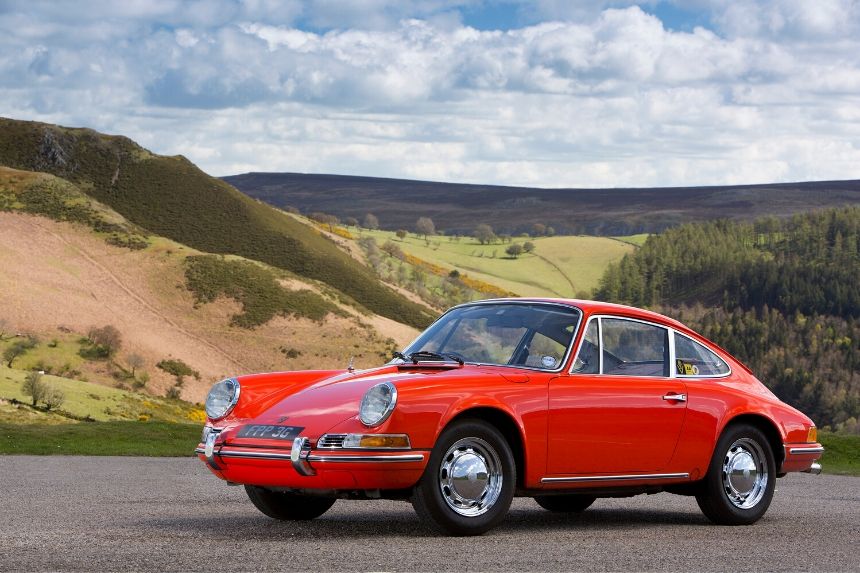
Porsche Early 911 Buyers’ Guide (1965 - 73)
Written by Peter Morgan
Model history/Timeline
The auto industry model year (MY) runs from August 1 to 31 July, so a 1972 model could have been produced between 1 August 1971 and 31 July 1972.
1965 MY: 130bhp, 2-litre 911 Coupé (LHD) introduced Sept '64 with 90bhp 912 in April '65. UK RHD cars from May 1965.
1967 MY: 160bhp 911S, from Dec '66, new Targa drophead choice for all models.
1968 MY: Mid-range 130bhp 911L and base 110bhp 911T introduced. 4-speed Sportomatic transmission option.
1969 MY: 140bhp 911E replaces 911L. 911S uprated to 170bhp. Wheelbase all models increased 67mm to 2271mm. 912 production ends.
1970 MY: Engine size increased to 2195cc (2.2). Range becomes 125bhp 911T, 155bhp 911E and 180bhp 911S.
1972 MY: Engine increased to 2341cc (2.4), range becomes 130bhp 911T, 165bhp 911E and 190bhp 911S.
1973 MY: 210bhp 2687cc ('2.7') Carrera RS limited edition.
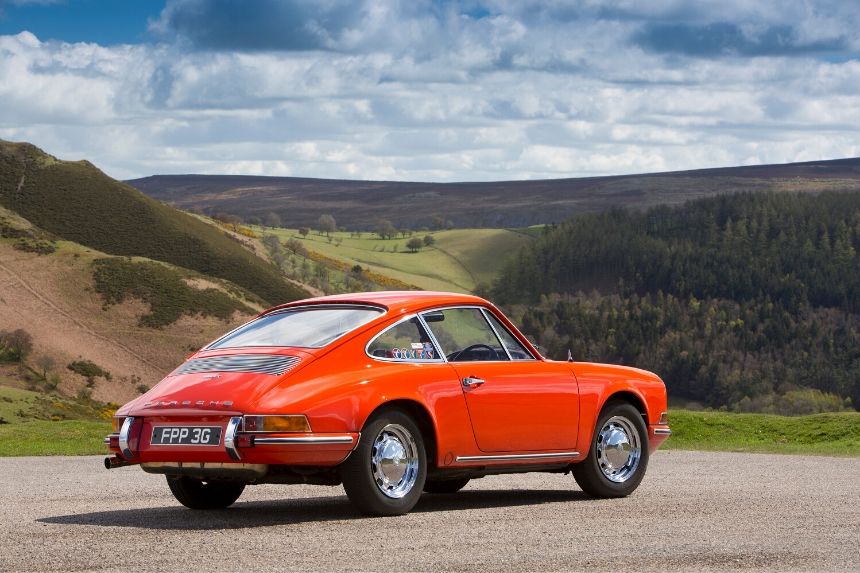
What's it like?
Early 911s might be described as falling into two categories, defined by the short (SWB) and long wheelbase (LWB) cars. The first grouping (to the end of the 1968 model year) represent the pioneering years for the 911. The very heart of these cars is the lusty flat-6, which delivers relatively smooth torque thanks to the triple choke carburettors.
The early Solex carbs are known for their flat spot mid-revs, but the far better Weber IDA or IDS carbs (fitted from March 1966) make these an easier drive. Don't be put off by the relatively low maximum powers - these cars are very light by modern standards and as well as a classic 1960s sports car experience, the performance will get your attention. Fuel consumption wasn't an issue back then, so expect 15-20mpg.
The 4-cylinder 912 offers a less intense driving experience. It may have tamer performance, but the simpler car makes up for it with better handling than the 6-cylinder cars since there is not so much weight hanging beyond the rear wheels.
The second 911 grouping are the LWB models. These have improved handling, not only because of the extended wheelbase, but also due to the weight reduction improvements introduced on the overhung engine. The 2.2 and 2.4-litre models represent the pinnacle of the early 911 designed with purely performance in mind, while the RS - out of reach for most enthusiasts now - adds addictive mid-range torque and higher speed stability to the package.
The Sportomatic offers 2 pedal driving with a manual shift and is another example of typical early Porsche lateral thinking. Unfortunately, there are very few Sportos left, as many cars were converted to manual gearboxes in the '80s and '90s.
The handling difference between 911 and 912 models underlines the main talking point of all early 911s. To drive one fast demands the driver has to push past the model's notorious tail-happy handling. Early narrow tyres, a semi-trailing arm rear suspension combined with a 41% front /59% rear weight distribution meant this was a car that demanded great respect when cornering fast, especially in the wet.
The secret, which demands driver confidence and skill is to accelerate through the bend - and definitely not lift off the throttle (which would lighten the rear end even more). But get it right and these cars, with their agility, lack of driver aids and that great sounding flat-6 are real fun to drive.
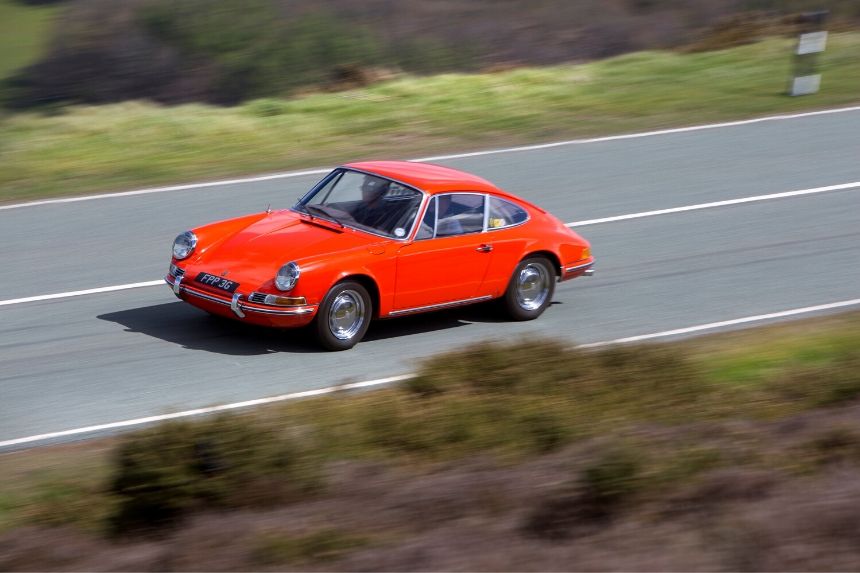
Which one should I get?
The thing about 911 drivers is that they always want a bit more power! But with the early cars there is more to the choice because the cars themselves are relatively lightweight and the power differences not so marked. Unless you really want to experience the unrefined rawness of the very first models, the 1968 SWB cars probably represent best value and a good starting point.
These 911s wouldn't be described as fast, but they ooze character. They also keep the original bodyshell and elegant bright trim of the first cars (without the slight rear wheelarch flares of the LWB cars). The 911S now commands top money, so the best value is to be found in the base 911 or the better trimmed 911L.
For Targa drivers, the LWB cars saw the introduction of the far superior glass rear window (over the previous plastic affair), while the 1969 2-litre S and the new E model adopted the mechanical plunger type fuel injection (MFI) that had been perfected in racing.
Of the LWB models the most sought after is again the rare S model, but the choice between a T or an E should be down to what is available when you are looking. Condition is more important. The T is no less attractive running on its triple choke Zenith carburettors.
Whether 2.0, 2.2 or 2.4 often depends on budget, but any of these models offers a very rapid drive - once you have understood the handling secrets (and there is tuition on that).
The Carrera RS has become the icon of all Porsche's car manufacture. It is special because it was the highest performance street 911 before the 1974 oil crisis and new emissions legislation changed the motor car forever. Buying one requires expert guidance - not least because it is rumoured there could be more RSs now than were actually produced!
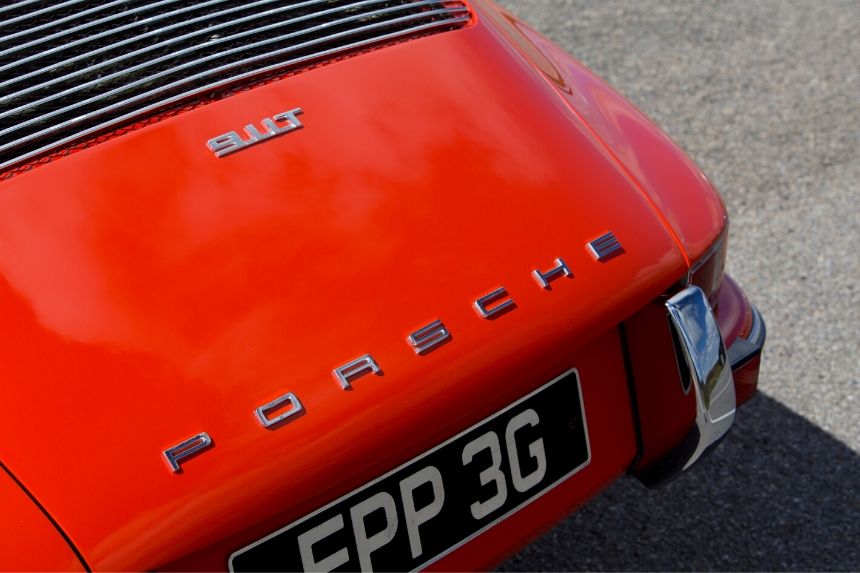
What are the running costs?
Assuming your early 911 isn't a project car (with complete restoration required), preventative maintenance will probably be the largest expense. Some cars are restored 'as new' with everything replaced, but many will have original parts that simply wear out or perish. An annual engine oil change is an essential requirement for a car that will not be used everyday, but at each service, expect 'while we're in there' costs. These can include attention to scuffs and scrapes, cosmetic rust (and see below also), replacement of old brakes, brake lines, fuel lines, shock absorbers, starter motors and so on.
It goes without saying that an early 911 should not be looked after by a non specialist. These cars were hand made and the suspension alone required fine set up. Very few Official Porsche Centres will have this expertise today. Early 911 owners are a close community and there is time served guidance on where to go for service and repair available on the web (the Club's own Early 911 Forum for instance).
These cars thrive on being used. Those cars that are stored without use are prone to oil leakage past hardened seals and corrosion both inside the engine and in the brakes, suspension and body.
Porsche Classic offer an excellent parts service (albeit expensive) for the early cars. All the early parts diagrams and listings are available from Porsche HERE. The exploded views alone are invaluable for rebuild information. For the more difficult to find parts there are online independent specialists who may be able to help.
The big advantage of using authentic new parts on a sometimes 50 year old car is that firstly they fit exactly and the materials are often state of the art. This is particularly so with panels, tyres and brakes.
You may note that we haven’t offered ballpark prices for running costs in this buyers’ guide. That is because it is so difficult to be specific on cars of this age. What is certain is that even a restored ‘as new’ car will require regular annual maintenance and preservation by a knowledgeable specialist to preserve its longevity.
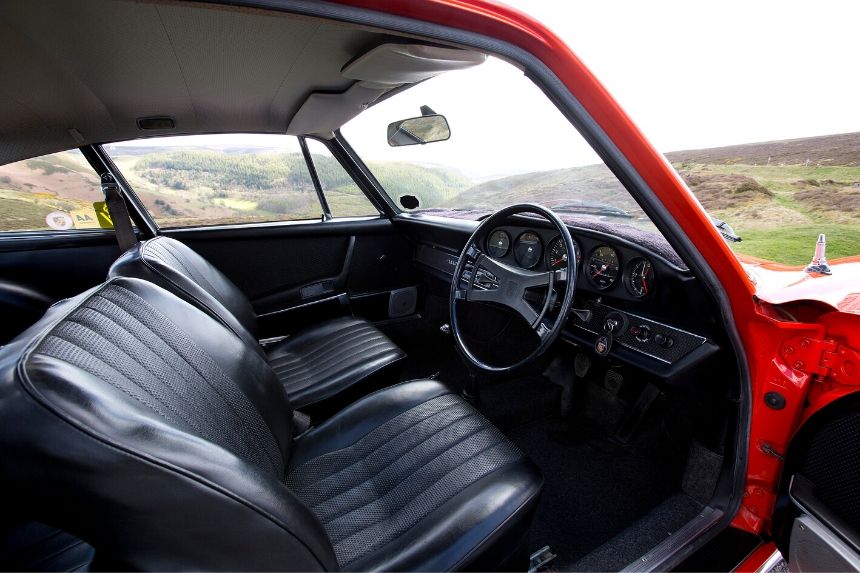
What should I look for?
This isn't a family of 911s where we can produce a list of items to look for when buying. Most buyers should be considering how the car appears value-wise after the purchase cost and any costs for work required are added together. If the work is to be done by a specialist, the project becomes more of a long term investment as overall cost is likely to outstrip market value in the short term.
However, given that restoring an early 911 is now so expensive (expect a bill topping £50K for a full 'make as new' restoration), it has been inevitable also that values have risen significantly in recent years. The bodyshell rebuild cost of a heavily rusted car may leave no change from £20-25K even before considering paint.
It's likely that any car you find will require some work and the most difficult aspect to identify is when a car has been poorly (cheaply) restored. The early 911s had very little protection against corrosion. All UK cars suffered badly through the 1970s and 1980s with rust and many from being used hard in competition (even the 911T!). This is often part of the patina and history of specific examples.
Nevertheless, reconstruction quality has significantly improved in the past 20 years so that using genuine Porsche parts (not pattern parts) is a first requirement in the restoration of any early 911.
A good look through the bills is the first step, checking how a restoration has been done. The leading restorers are well known (and for guidance, check the forums), but cheaper repairers may patch and generally cover up structural rust. Such work is often concealed with fresh undersealer, while filler can hide evidence of a replaced roof or repaired panels.
If the condition of the bodyshell is critical to the value, many consider the presence of all the original trim to be just as important for a car that is intended to be brought back to top condition. Many trim pieces are available through Porsche Classic, but some aren't or are very expensive. So a fairly worn out car with all its trim and other parts that make up an original car - at the right price - would be considered a good find as a project.
Mechanical condition can be assessed from the history file. Look for evidence of replacement of the fuel and brake system hardware, the shock absorbers as well as electrical system overhaul. The valves and valve guides typically would last 125K miles, but on a 50 year old car, there should be evidence of an engine top end rebuild at least. The synchros on 2nd/3rd gears on the 915 gearbox are another weak area.
Finally, authenticity has become very important on these cars, with the market obsessed with 'matching numbers' (adding perhaps a 10% premium). The late 1968-on cars used magnesium alloy crankcases and these were famously fragile. Cases were swapped around freely during the '70s and '80s and today, it's obvious that some engines are not-so original as they are made out to be even though they carry alleged correct numbers.
Finally, consider this buying guide only as a primer. With original specs that changed almost year to year combined with the high risk of unwittingly buying a car with poor workmanship or suspect authenticity, an acknowledged expert's experience can save a very significant mistake from being made.
Many cars are known within the Club’s Register or the trade and there are few bargains to be had. The quality market is well established - you get what you pay for and the best cars will carry a premium. Nevertheless, in a buoyant marketplace, like most investments, these cars reward patience over time.
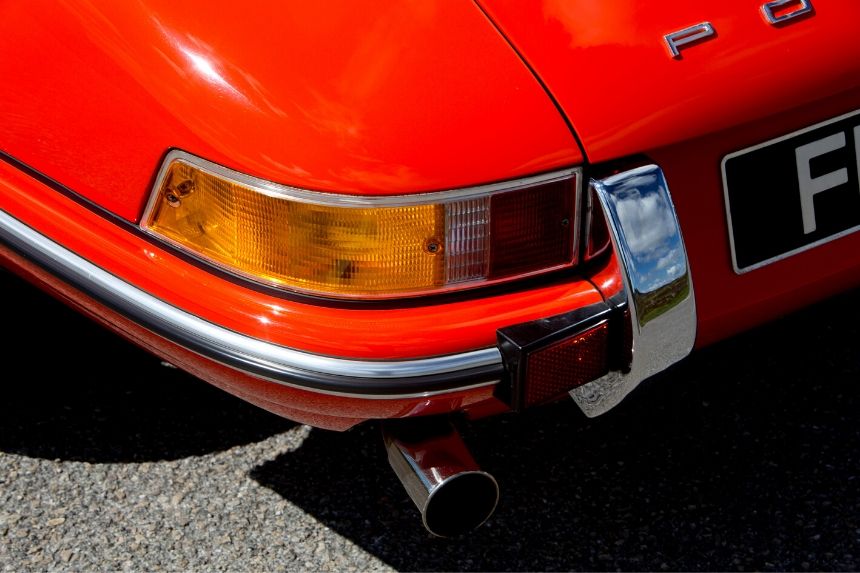
How can we help?
Run by dedicated and friendly Porsche enthusiasts, we are here to help you get the most out of owning your Porsche. We have over 30 model-specific Registers, each run by enthusiastic volunteers and technical experts who will be happy to assist you with any questions you may have. Click here to join Porsche Club GB
Join the club